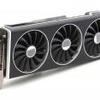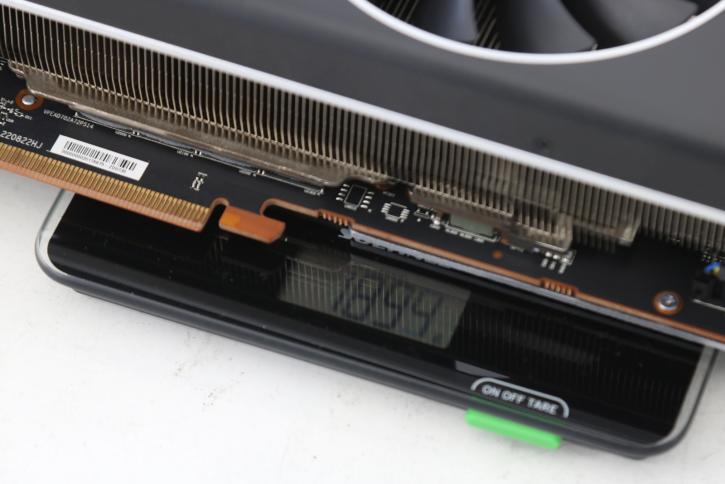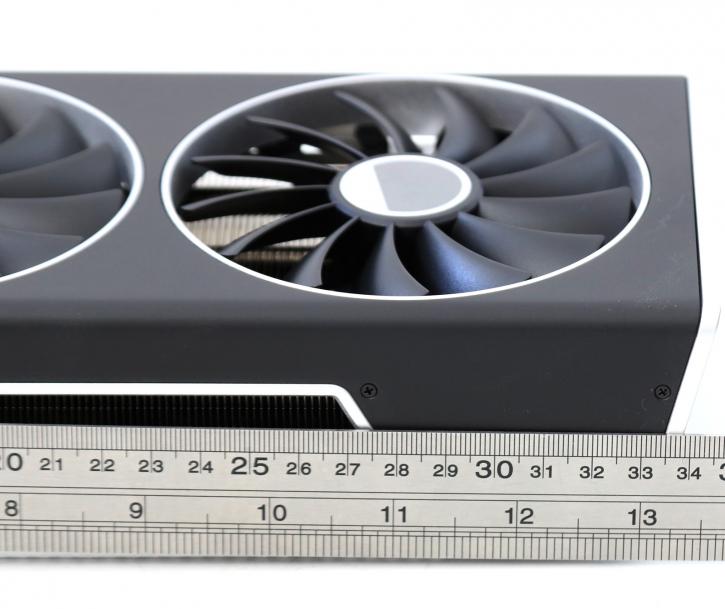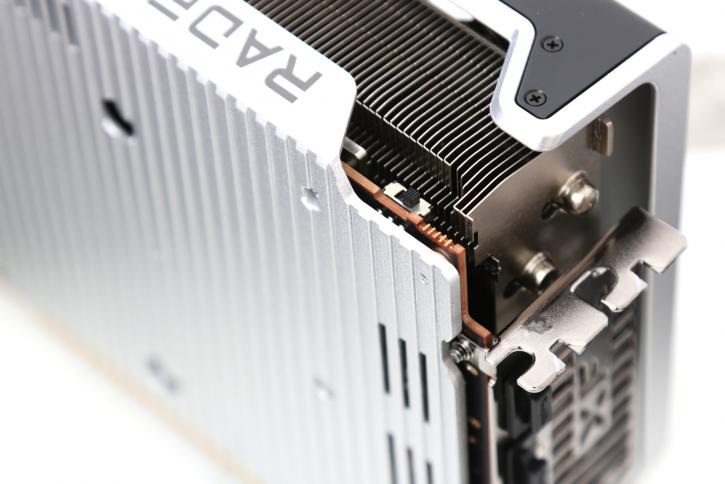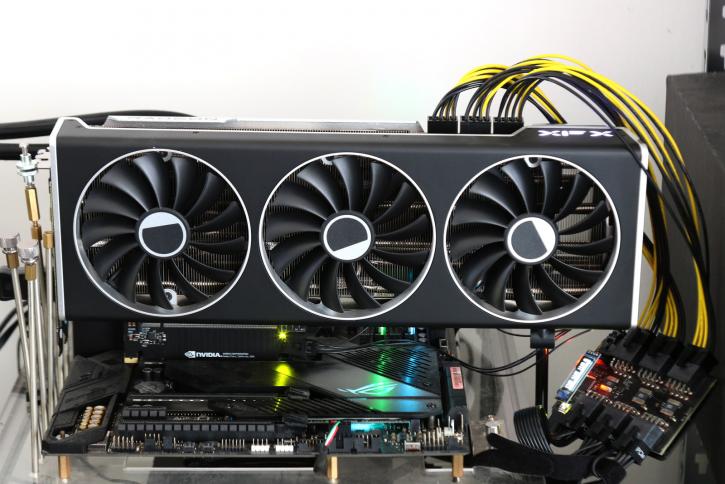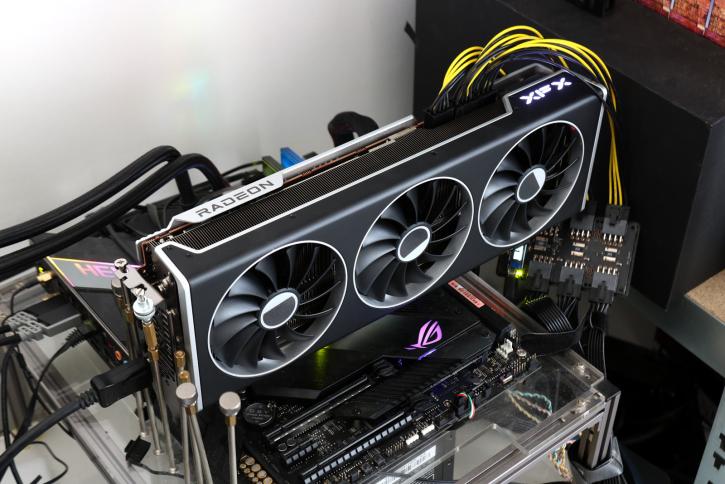Product photos
Product photos
The XFX MERC 310 cooler for the Radeon RX 7900 XTX and RX 7900 XT boasts a triple-fan design with 13 blades on each fan and an illuminated XFX logo on the side. The card has an oversized heatsink running through it, and there is a tiny opening on the backplate that the last fan may use to disperse hot air externally. It weighs in at close to 2kg.
In terms of power delivery, the XFX Radeon RX 7900 XTX MERC 310 has a triple 8-pin connector layout, whilst the RX 7900 XT MERC 310 has a dual 8-pin connector structure. Both graphics cards have a triple-slot architecture and a quad-display output that includes one HDMI 2.1 port and three DP 2.1 ports.
Another difference between the XFX and AMD's reference Radeon RX 7900 XTX and Radeon RX 7900 XT graphics cards is the lack of a USB Type-C connector, which most gamers will not need anyway. In its stead, there are three DisplayPort 1.4 connectors and one HDMI 2.1 port, all of which support 4K 120Hz+.
This model card has a Dual BIOS; the default BIOS that comes with the card has a lower GPU power limit than the secondary BIOS.
- 327W is the default OC BIOS.
- BIOS Secondary Full Power: 339W
The secondary BIOS is a superior alternative solely for overclocking because it has a more higher power restriction. Based on AMD's Powerplay guidelines, the secondary BIOS is set to offer the most power possible. This BIOS, however, has not been manufacturer-qualified, and stability cannot be assured. Stability will be determined by ASIC quality. So that means the BIOS is only for overclocking aficionados. The BIOS switch's default shipping position is closest to the I/O shield and monitor outputs. When the switch is flipped towards the power connectors, you are in the secondary BIOS mode.
With a length just short of 34cm and a thickness of 2.7 slots, you should be able to install the card reasonably easily. The card price at the time of writing is unknown, but we expect $1099, which sounds okay if you consider prices of $1,199 for the 4080 and $1,599 for the 4090. In this way, AMD can keep prices down and remain competitive. The new cards probably will not be able to compete head-to-head with Nvidia's offering, but they will be able to hold their own.
